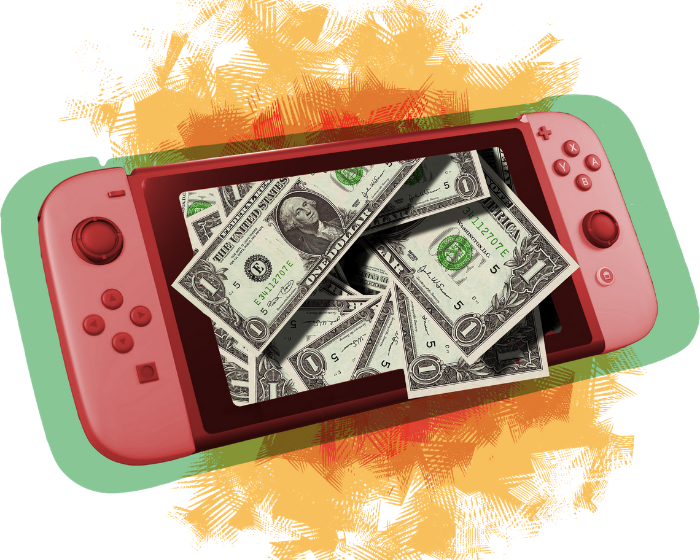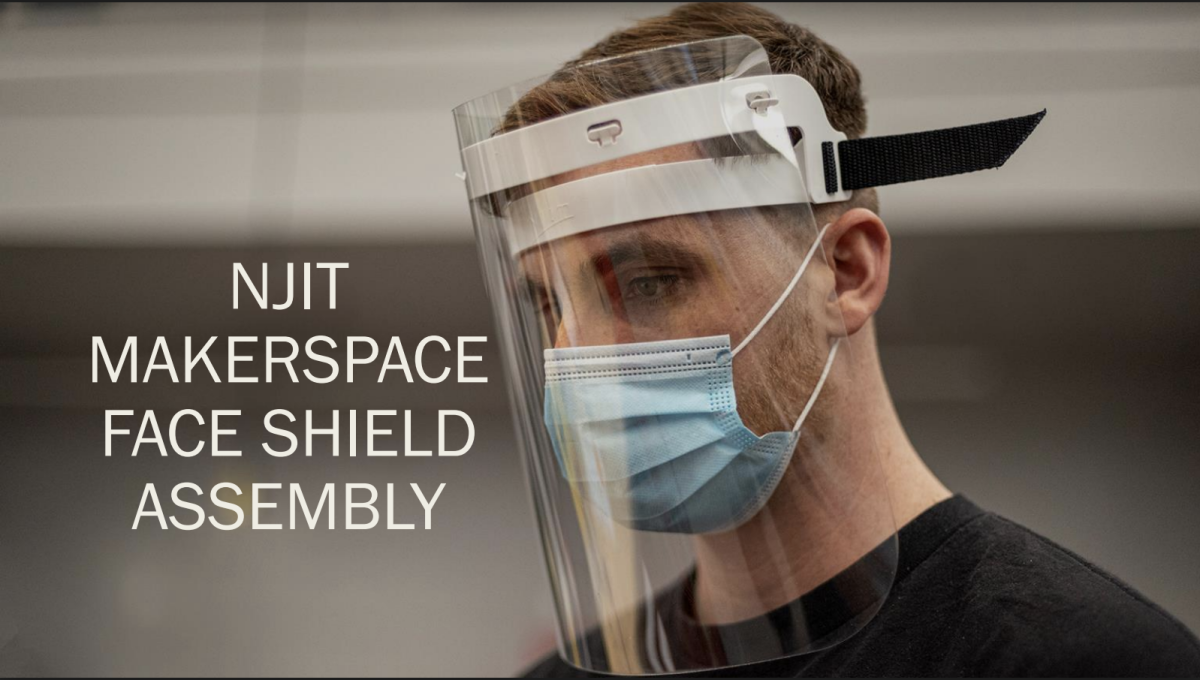Sarah Umer, contributing writer
When the Apple Watch came out earlier this in 2015, it was advertised to give a more unique, hands-on approach to the iPhone. In the past, the only way to receive notifications and updates were from the phone itself. Now, all one has to do is check the watch: it can receive push updates, notify users of text message receipts, app updates, weather alerts, and fitness tracking. Users can even answer their text messages from the Watch, by means of answering with pre-loaded messages, dictating a response, or by doodling an answer (similar to a Snapchat doodle). The cheapest version of the Apple Watch started at $549, and was sold out for weeks, demonstrating that people are now too lazy to actually check their phone and need to have it on their wrists.
The Senior Vice President of Apple Retail (i.e. the vice president in charge of the Apple Stores), Angela Ahrendts, even went as far to say that the Watch was an essential back to school item for the fall season. The reason? The Watch is smaller than its iPhone counterpart, and its use in the classroom can go undetected by professors. Ahrendts encouraged Apple workers to push the Watch’s sales by urging students to jump on the technology before teachers got wind of all its functions. In other words, a senior vice president of Apple openly condoned cheating in the classroom by means of the Apple Watch. How could this even be possible? Basically, a user could email or text message themselves their own notes, or photos and then come into class with the images loaded onto their Watch. Since the Apple Watch looks like any other digital watch, the student could go potentially undetected in cheating.
While most universities and schools in the United States have failed to recognize the Watch as a cheating device, the governments in Australia and Canada have taken action against them. In Australia, all universities require that any watch, whether analog, digital, or smart, must be given to the proctor at the start of the exam. In Canada, similar measures are being discussed to ban their use entirely at universities. Currently, in the United States, smartwatches are only banned when taking higher level exams, such as the MCAT, GRE, and LSAT. However, studies show that exam takers are less likely to use these devices because, if caught, they will automatically fail the exam and be blacklisted from future attempts.
As the number of people who use Apple Watches increases, so too will the number of people looking to take advantage its functions and the naiveté of less technologically savvy professors. What originally seemed like an innocuous device is becoming a headache to school administrations. It will be interesting to see how different schools begin to tackle the issue, and how the issues between a society that is beginning to be shaped by its technology and the universities are able to find a median to ensure an honest learning experience.






























